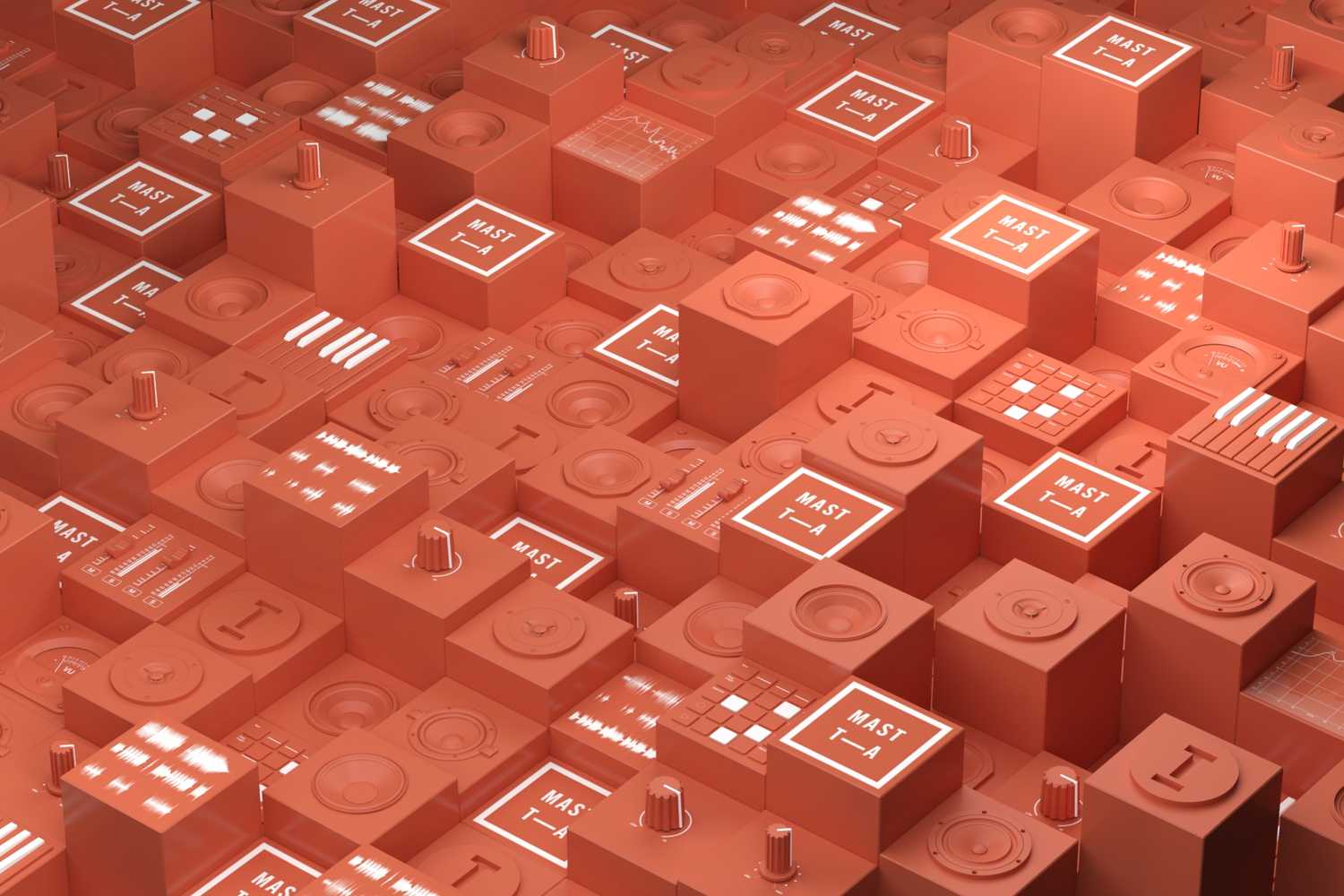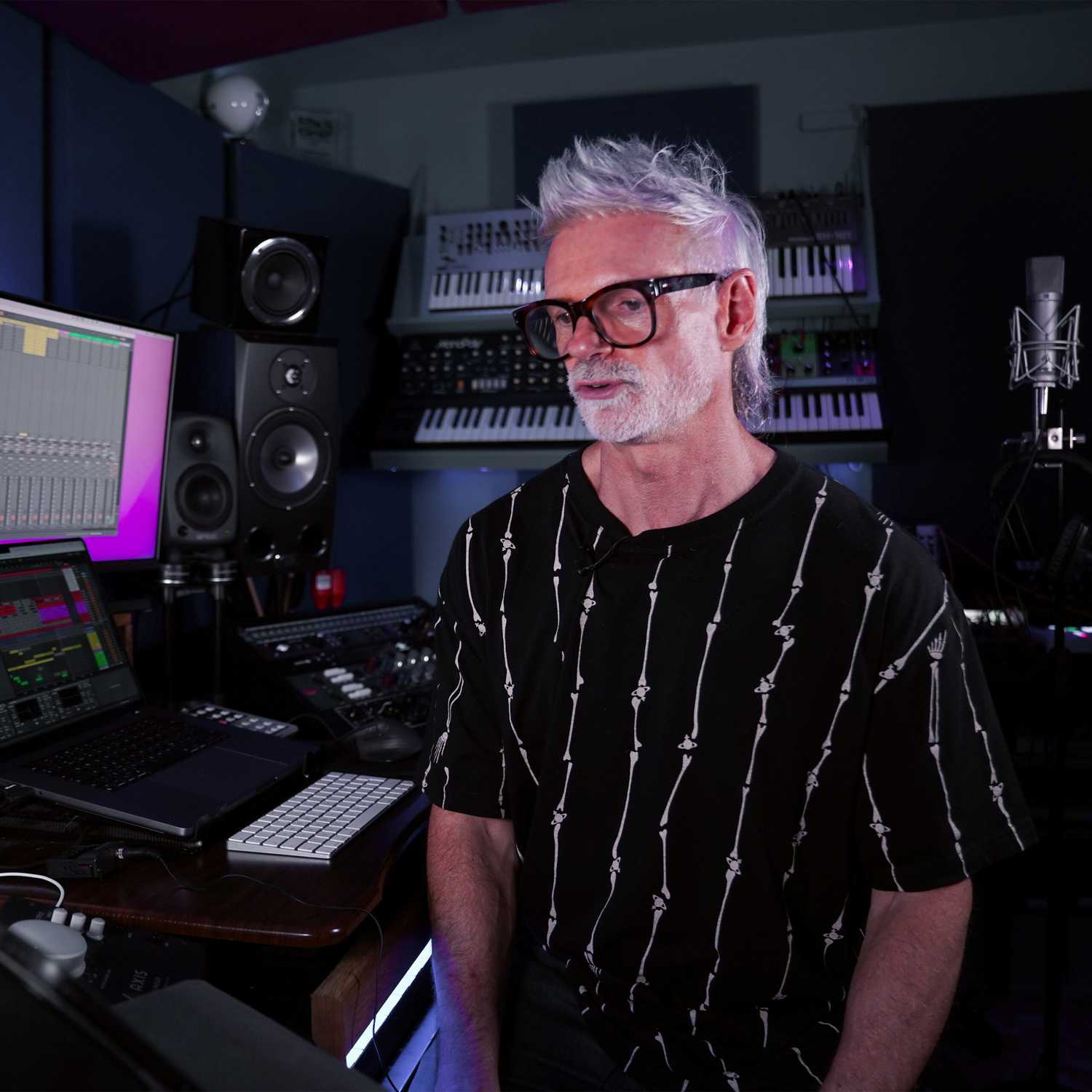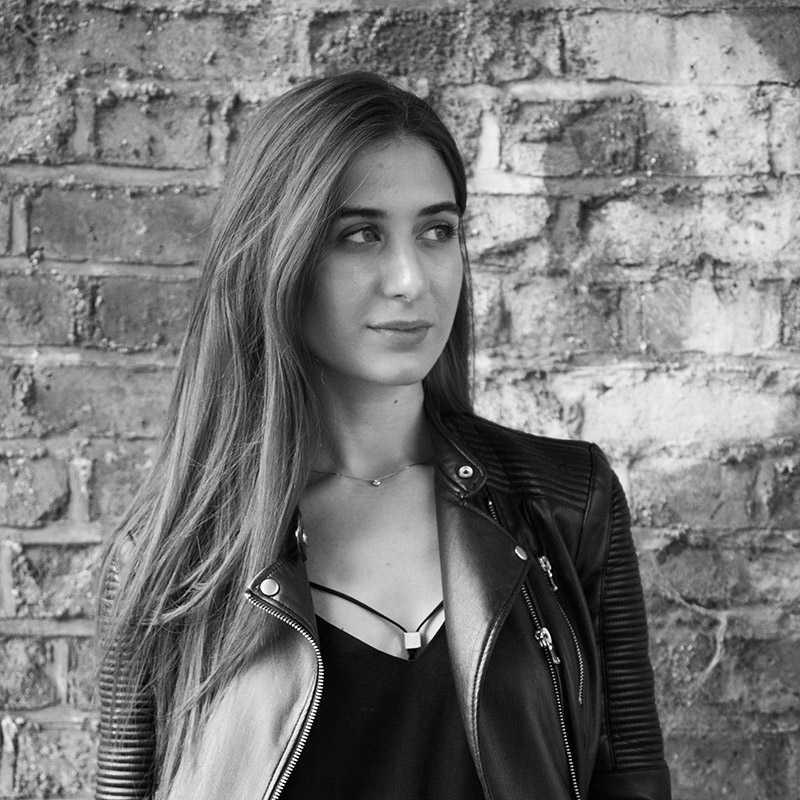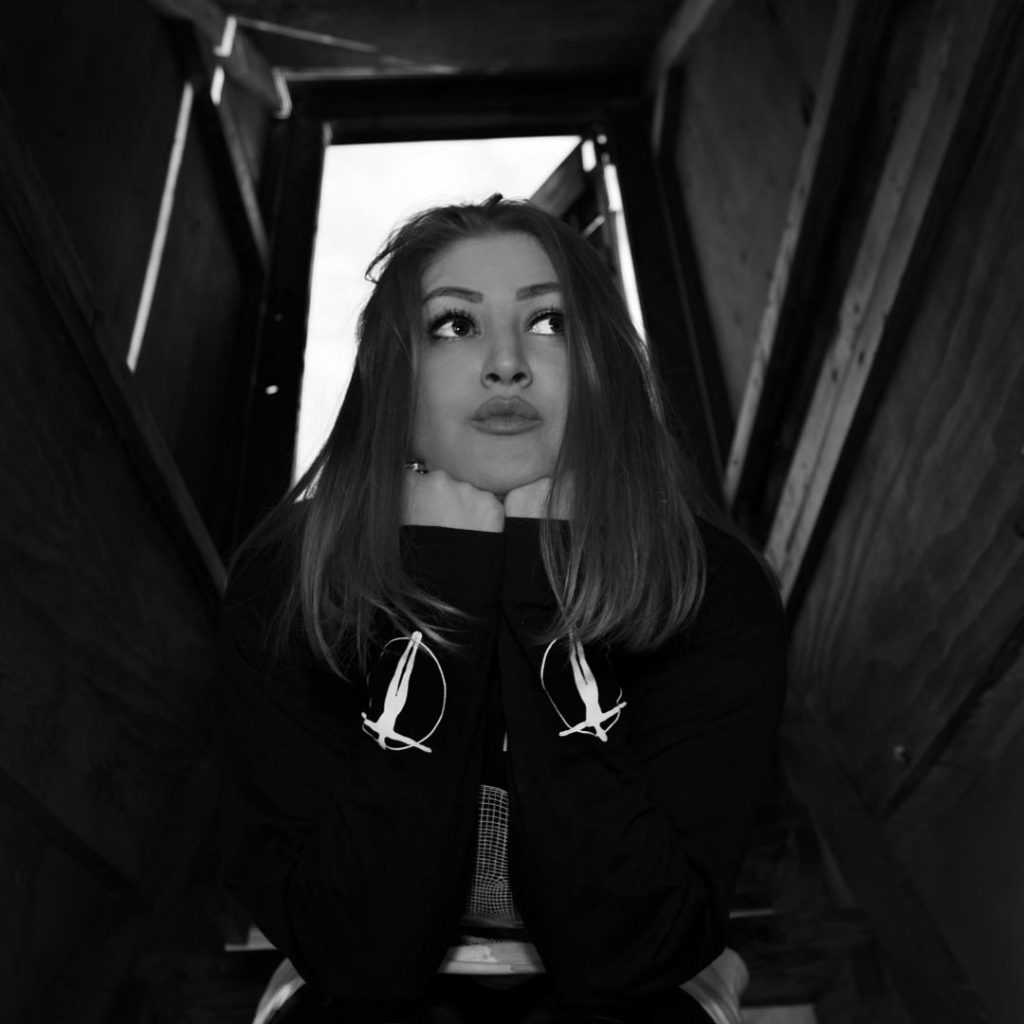This online, 1-1 programme wastes no time – the learning experience is built entirely around your needs as a new artist.
We start with a true diagnosis of your current production levels; your intended positioning in the market; your social media profile and general knowledge about the industry. From this, we build out a personalised programme.
Each week you’ll benefit from individual production lessons alongside weekly, detailed professional A&R feedback and an intensive mentoring programme. The intention is for you to learn how to create professional tracks- that are ready to get signed.
- Learn in Logic or Ableton
- Enjoy 1-1 production sessions
- Study with production legend D.Ramirez or Ben Keen (Tuff London)
- Complete challenging weekly assignments
- Work on your own music
- Get intensive, individual A&R feedback
- Approved by the Association for Electronic Music (AFEM)
- Enjoy membership of Toolroom Academy Alumni Group after graduating









